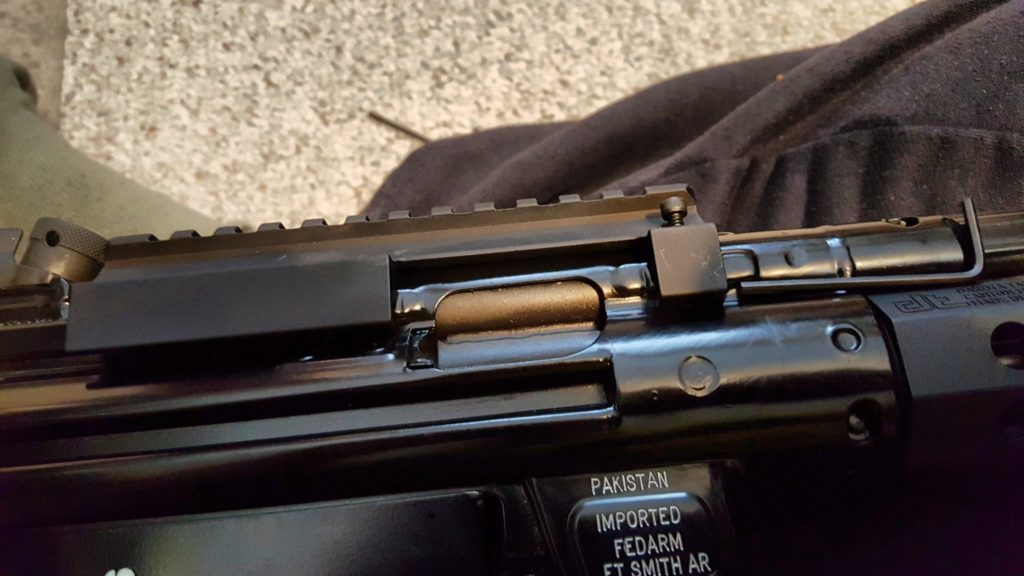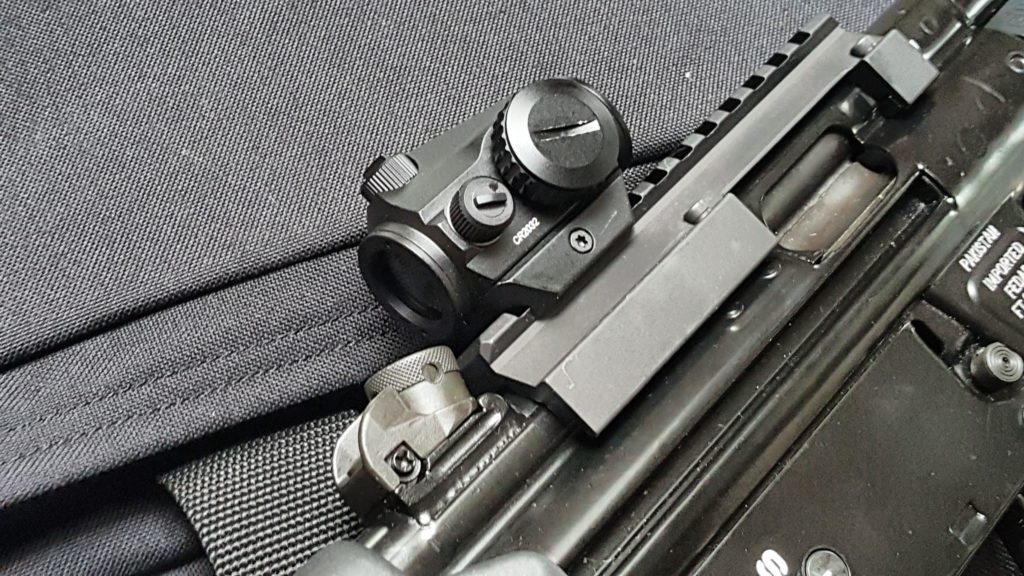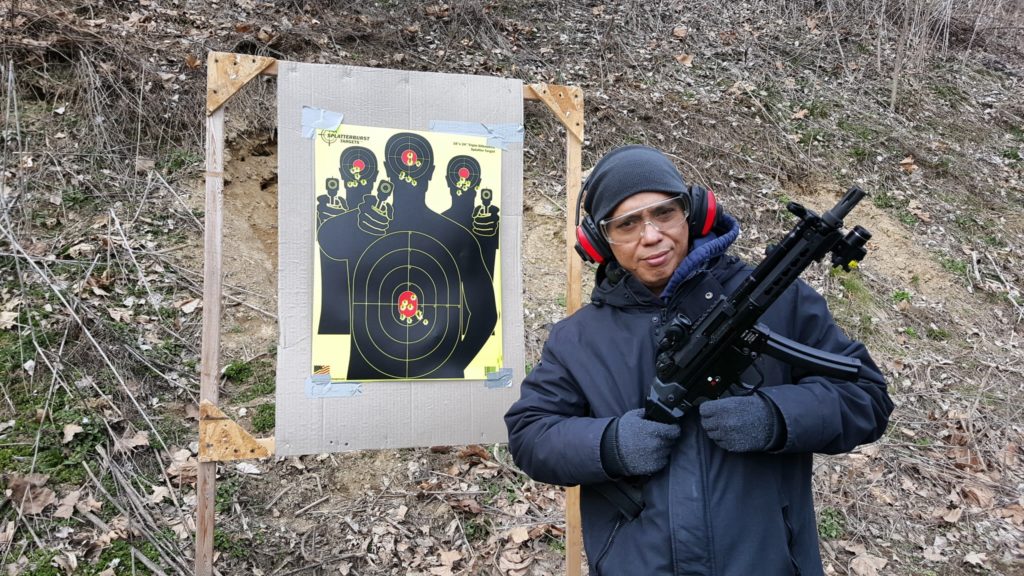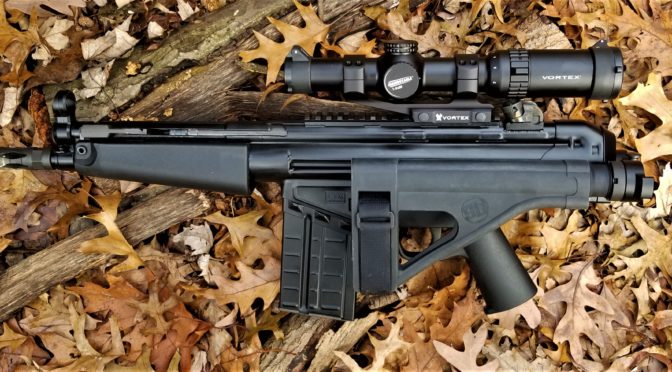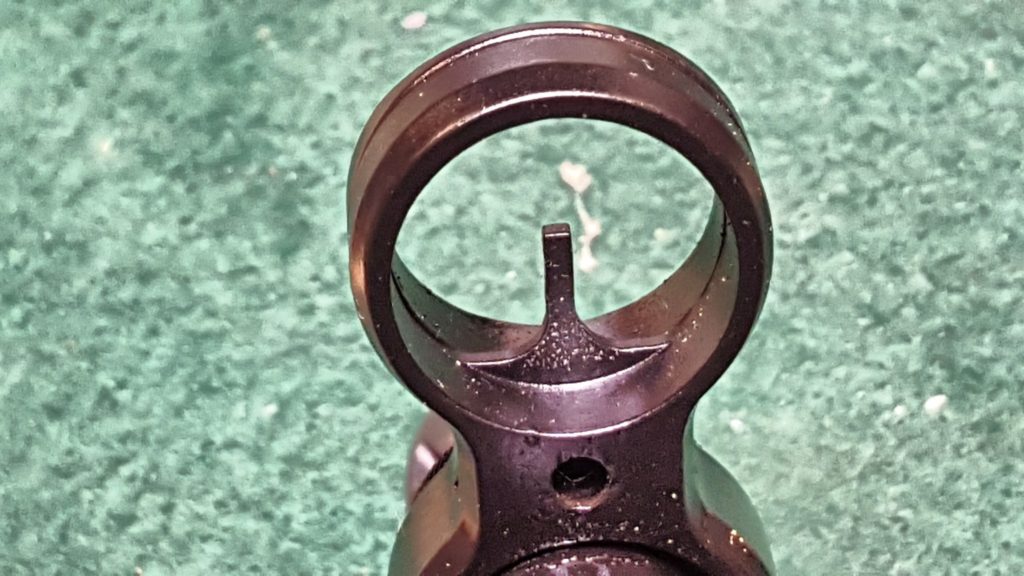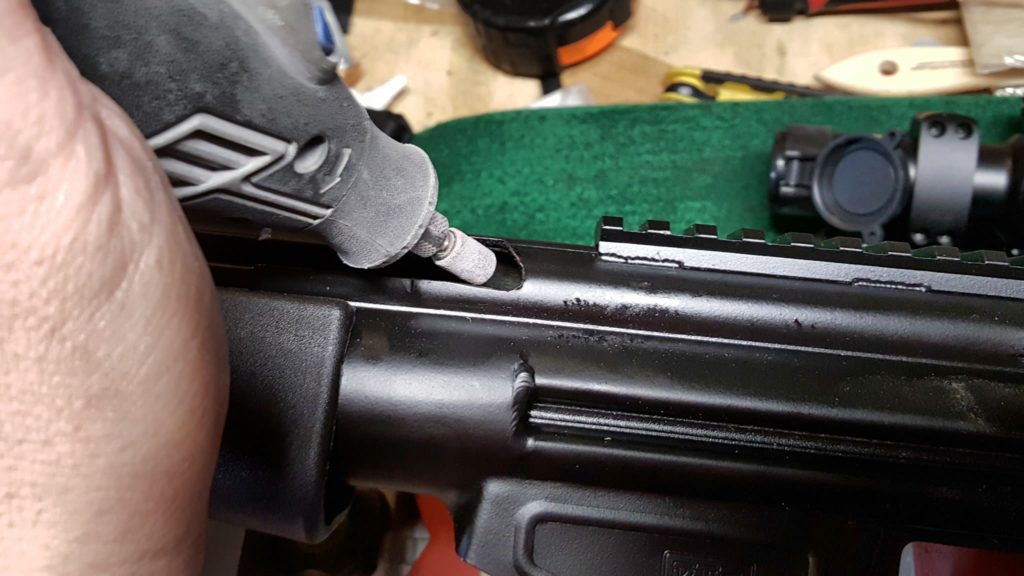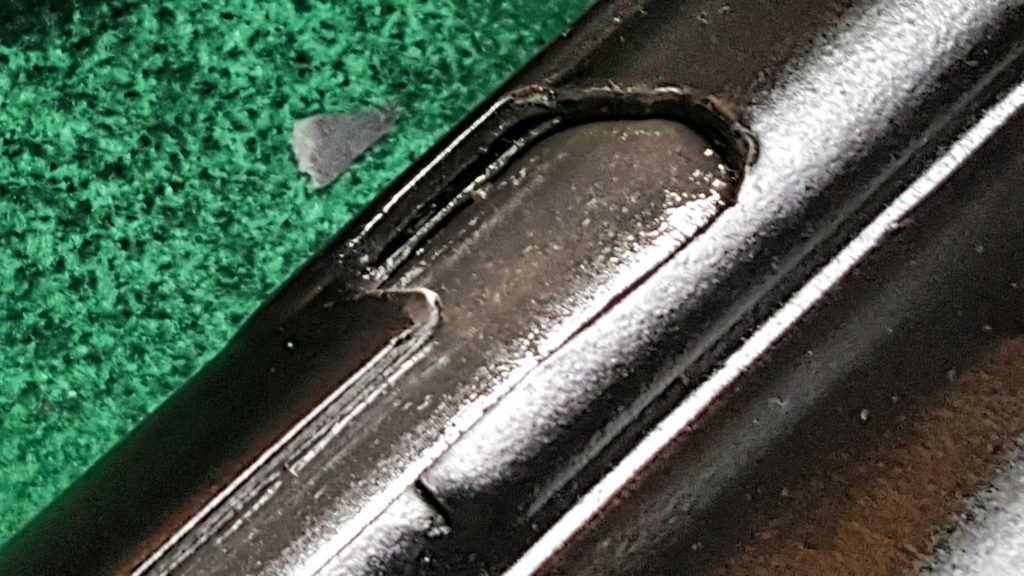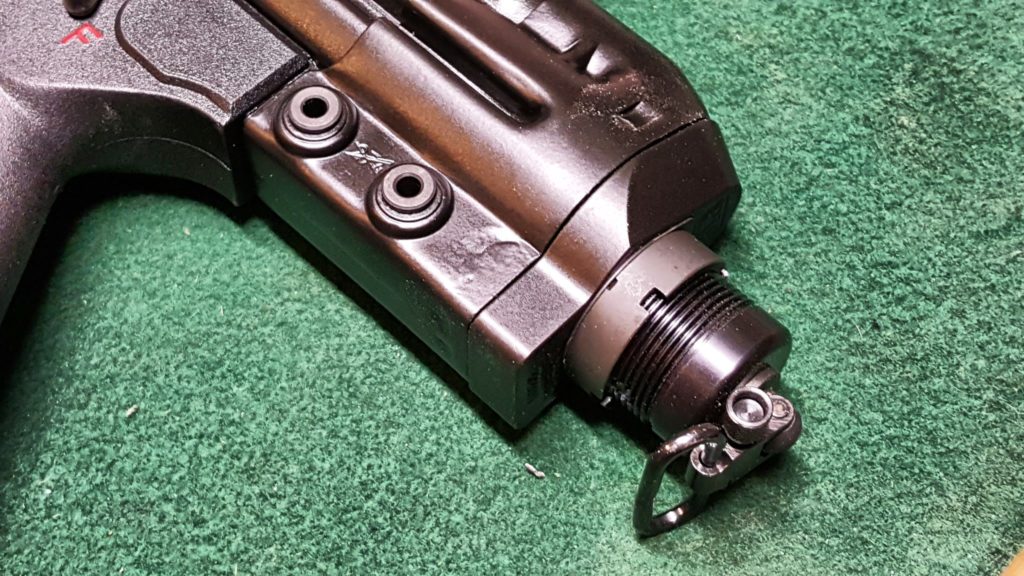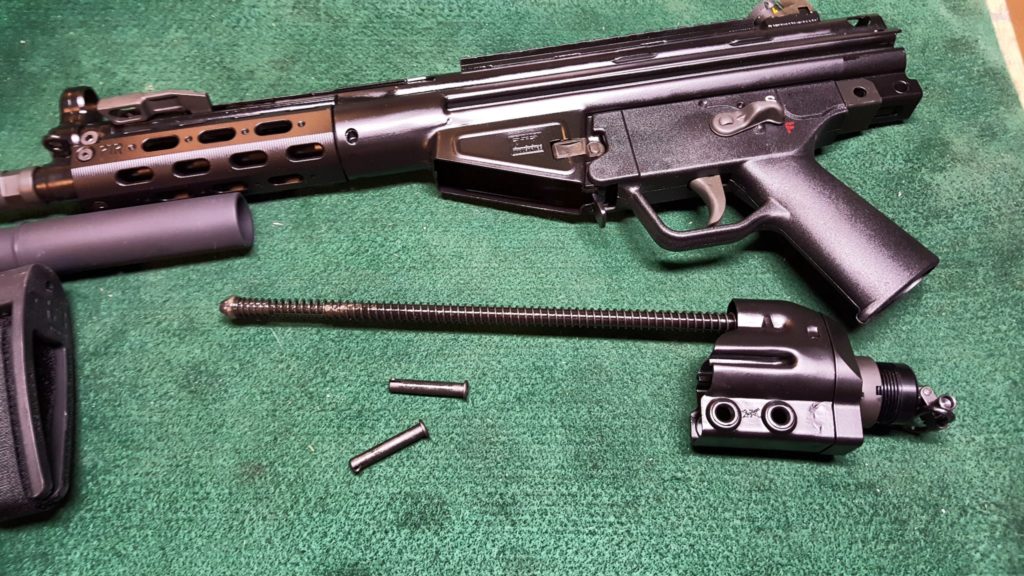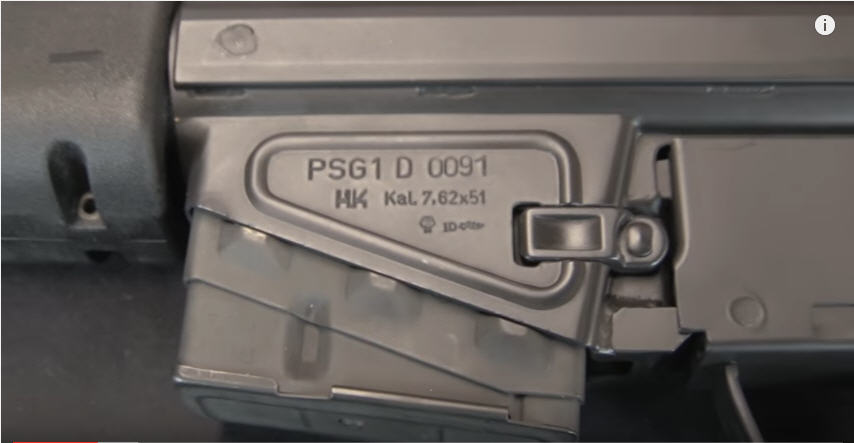Folks, I have thoroughly enjoyed my POF-5, which is an MP5 pistol clone, this past summer. We easily put way past 500 rounds through it with zero failures to feed or eject. All my family members and friends wanted to shoot it and we had a ton of fun. However, in the back of my head, there was a little voice saying “you need a real HK”.
Finding a Real HK
I’d talked to a few guys and the consensus was that a real HK will just go up in value even after being shot plus there are the bragging right of owning a real HK. There was one problem – HK stopped making MP5s available for civilian sales. There are definitely a lot of parts kits out there but then someone needs to pay an HK smith to assemble the subgun. I thought about doing it but I lack the experience and the tooling. Given the price $1,600-3,200 price of kits, I wasn’t about to experiment.
It turned out that HK still made a civilian pistol – the SP5K – “Sporting Pistol” 5K – that is a semi-auto version of the short MP5K submachine gun. The one catch is that it comes to the US market a tad neutered. Surprisingly, this was done due to strict German export laws and not US import laws. For me, the sad part is that the barrel is 115mm/4.53 inches long and ends abruptly at the sight block – not only is there no threading or tri-lug attachment point but the abrupt end means you can’t add one either without replacing the barrel. However, accuracy reports are excellent so at least that and reliability were still there.
Before I seriously considered buying one, I did some research:
There are also some choice articles:
Hard to Find an Affordable SP5K
Of course, these things aren’t cheap and they are really hard to find in stock. I hunted around online while my FFL, Scott Igert of Modern Antique Firearms, did the same. After hunting for a few weeks it dawned on me that I would need to use GunBroker. So, I started by watching auctions and seeing what stuff sold for before I started actually bidding and losing. I learned a while ago not to chase auctions – set a price and don’t go past that limit. I finally found a deal after watching and bidding for over a month.
So, the seller was Town Police Supply, located in Collinsville, VA, who goes by GunTalker on GunBroker. They had an A+ reputation with over 700 trades. I always prefer to deal with sellers that have a lot of trades. At any rate, they were great to deal with. I won the auction on 9/24/18 and it arrived at Scott’s shop on 9/25. Literally.
As you can imagine, I picked the SP5K up as soon as I could. It came in a real cool HK hard case with two 10 round magazines, a sling and a sight adjustment tool as you can see in the featured photo at the top.
Here’s the plain pistol out of the box:

In summary
So, it was definitely cool but if you know me, you also know what was going through my head – “I can customize this!” In my next blog post, I’ll talk about what I considered for braces.
If you find this post useful, please share the link on Facebook, with your friends, etc. Your support is much appreciated and if you have any feedback, please email me at in**@*********ps.com. Please note that for links to other websites, we are only paid if there is an affiliate program such as Avantlink, Impact, Amazon and eBay and only if you purchase something. If you’d like to directly contribute towards our continued reporting, please visit our funding page.
Amazon product links are at the bottom of the blog.






